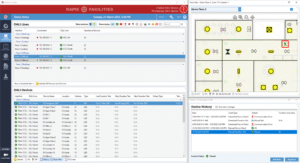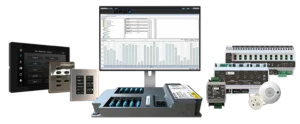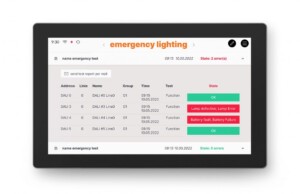
DALI is a well known Commercial Lighting control protocol that can be used with or independent to KNX. DALI allows the addressing of individual ballasts in lines of up to 64 luminaires (either individually or across 16 groups) for the control of light levels & condition reporting. Whilst DALI continues to be a great solution for commercial projects, studies have questioned the cost benefit of using native DALI given it’s nature of being traditionally standalone rather than holistic wherein field devices become multi-function.
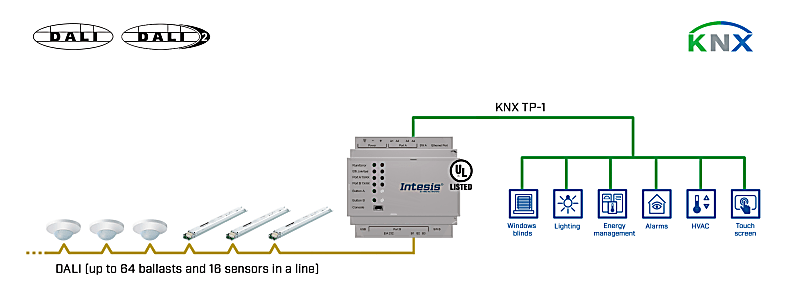
Advantages of Native DALI
Disadvantages of Native DALI
Having discussed Native DALI, we can now take a look at what is often referred to as Hybrid DALI or KNX DALI. This system operates on the same principals as a traditional DALI system therefore delivering the same fundamental results but with a broader horizon. In a KNX DALI system, all inputs (Sensors & Switches) sit on the KNX line, leaving the DALI line free to host it’s 64 ECG’s exclusively. As KNX is SELV (and DALI not), the cabling installation is significantly easier not to mention vaster with a topology of up to 1000M hosting 256 KNX devices.
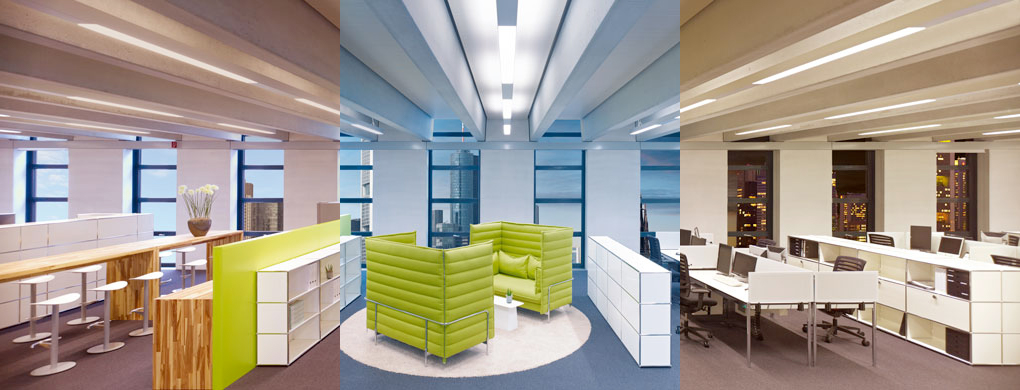
As mentioned earlier, KNX offers more than Lighting Control, existing as a Building Automation System (BAS) in its own right. To elaborate further, KNX can offer:
Bringing this into a real world scenario, the same KNX Presence Detector that is controlling the light levels depending on motion and natural light, can also control the HVAC system in that zone, monitor the occupancy for intruder alarm functions, test and report the Co2, Pressure, Temperature and Humidity in the room and more.
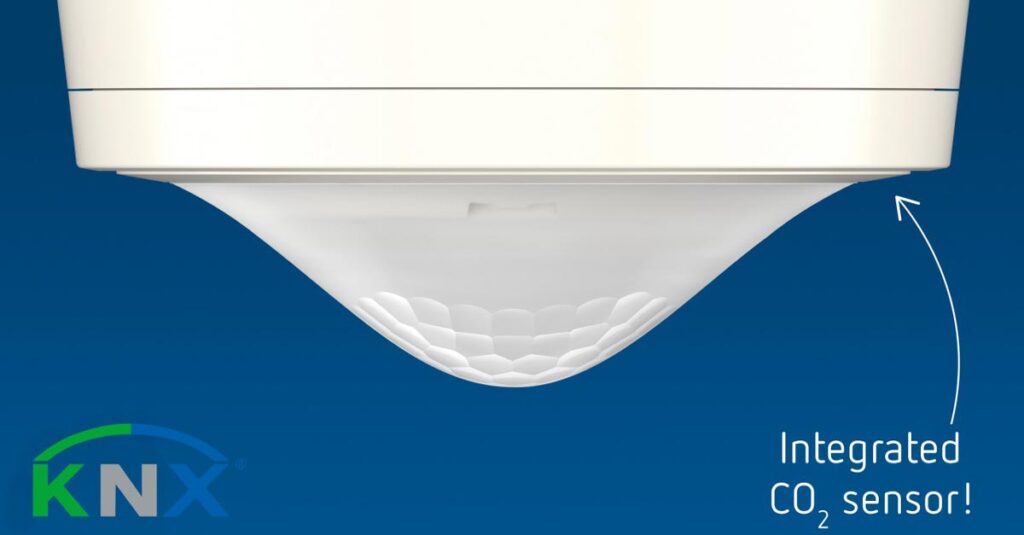
KNX also offers further benefits for large commercial projects seeking to utilise a single lighting control system for both DALI and non-DALI luminaires, i.e.: Constant Light Control in Offices with Switched Circuits in Corridors. Using KNX, it’s possible to snap on actuators to accomplish the on/off switching tasks without the expense of making the other luminaires DALI.
Collectively the solution offered by KNX DALI provides a remedy to the core disadvantages of what makes up native DALI, something that hasn’t gone unnoticed among commercial MEP specifiers.
For more info on KNX DALI get in touch or to read more about the benefits including Auto-testing of Emergency Lighting, click here.
For training on DALI and KNX-DALI, click here.


